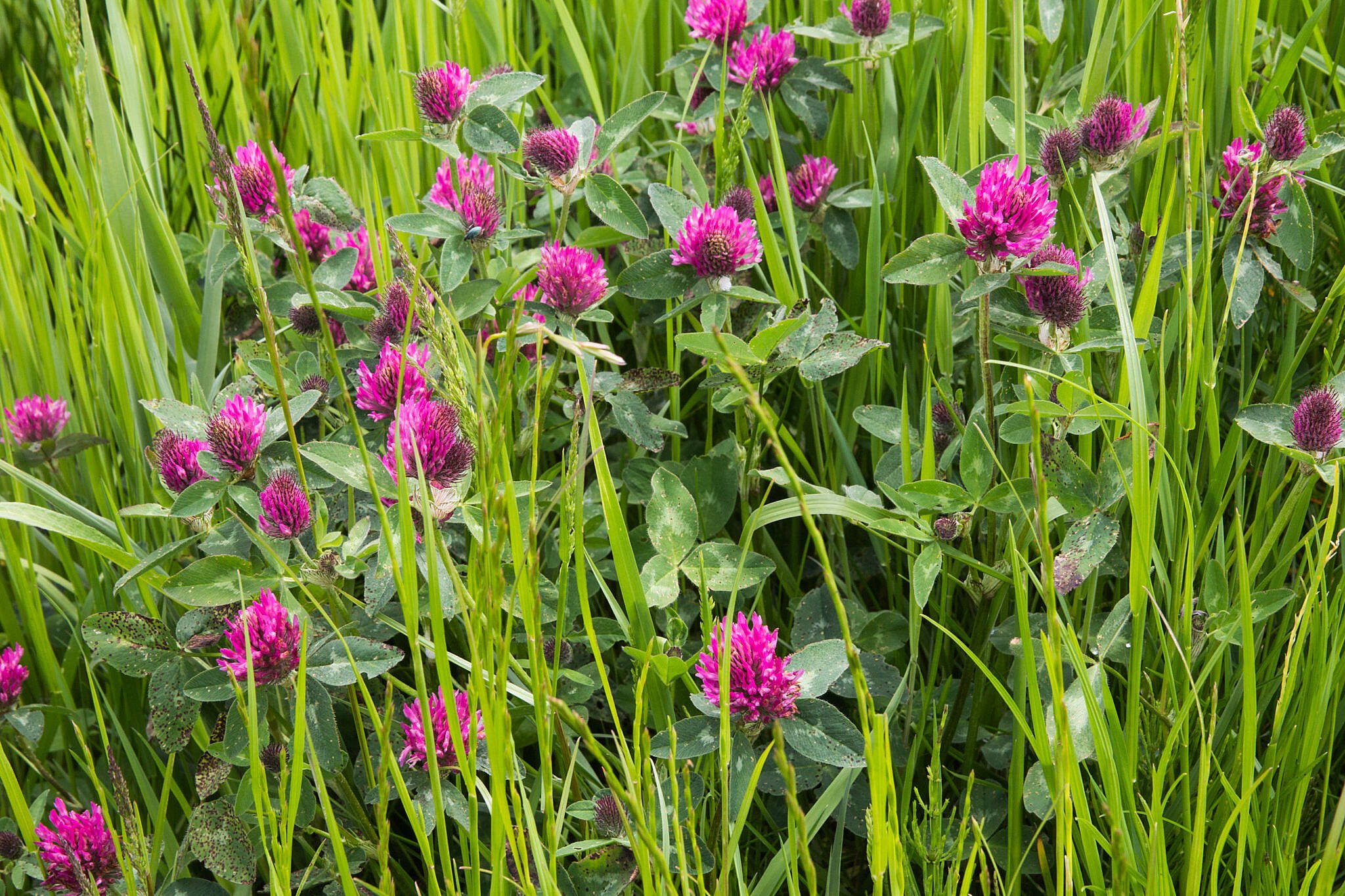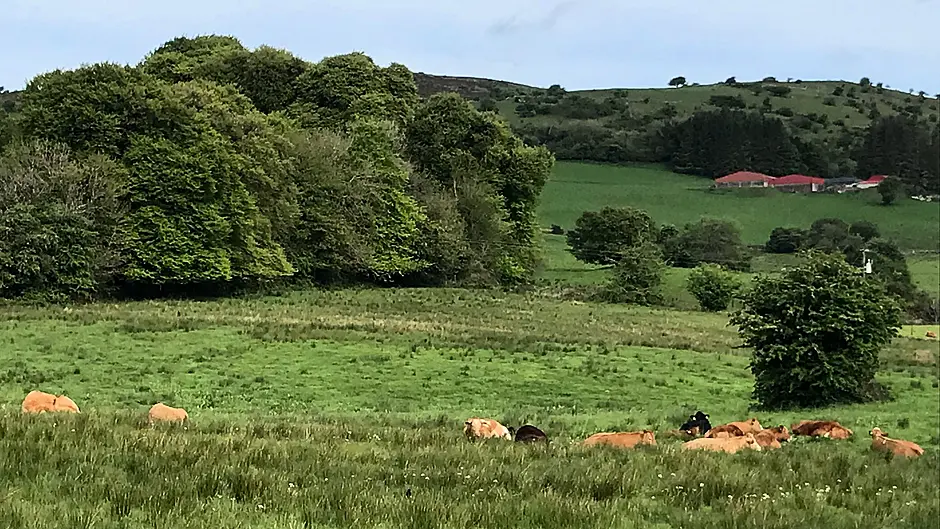Joe Kelleher, an organic specialist at Teagasc, takes a look at some common questions farmers have about converting to organics.
‘How many cattle or sheep could my farm carry if I convert to organics?’ is a question we are commonly asked. Many people don’t like the response – ‘it depends’ – but in this situation it really does depend on a wide range of factors.
The first key factor is the farmer’s attitude towards their farming system and what they want from that system.
When we talk about sustainable farming, we focus on the three legs of the sustainability stool; environment, social and economic. Many farmers will have differing views to which of these legs they feel is most important on their farm.
For some, maximising farm output might be their number one objective and maybe they have a high income demand.
Take the example of a family with two to three children in college, the demand for cashflow is high.
In this situation farmers may often try to keep as high a stocking rate as possible and hence an organic farmer in this situation will look at maximising clover content in their swards, growing red clover silage to meet winter fodder requirements, focus on improving soil fertility and in general try improve the quality of their swards by regular reseeding.
In this situation, they should be able to stock their farm at close to the maximum level permitted in organics which is 170kgs of organic nitrogen per hectare.
This equates to a stocking rate of 1.7 – 1.8 dairy cows per hectare or just over two suckler cows per hectare.
However, this system would require good free draining soil, a relatively high labour input and a high level of management to maintain this stocking rate.
 Organic farmers who need to keep a high stocking rate will need to look at maximising clover content in their swards and growing red clover silage to meet winter fodder requirement.
Organic farmers who need to keep a high stocking rate will need to look at maximising clover content in their swards and growing red clover silage to meet winter fodder requirement.
For other farmers, environmental considerations may be a higher priority for them.
Take for example a farmer with a high proportion of old permanent pasture on their farm or a hill farm with a high variety of plant species.
These pastures have high biodiversity value and should be cherished and valued.
Many farmers on these farms will set a stocking rate that allows the plant diversity to flourish and encourage more flowering plants to establish thus helping our struggling pollinator population.
Prescribing an appropriate stocking rate here is very difficult as it is very much farm specific.
A suckler farmer with a lot of permanent pasture on good soil could look at stocking at over 1LU/Ha whereas 0.5LU/Ha might be more suitable a suckler farmer on a heavy clay soil with a high volume of rushes in their fields.
I often hear hill sheep farmers saying about their neighbour ‘Ah but she has a great hill’, so for hill sheep farmers, the quality of a hill can be a factor and the amount of green material available for grazing on that hill. Coupled with that, the amount of lowland a hill sheep farmer has will also determine the appropriate stocking rate.
For farmers with lower quality hills and a small acreage of lowland, then the minimum stocking rate permitted in organics of 0.1LU/Ha might be the right stocking rate for this farmer.
The third leg of the sustainability stool is the social leg and what this essentially means is the value you put on your own time or your quality of life.
Many farmers have busy lives, working off farm, rearing families, pursuing hobbies or maybe they have reached the stage of life where they want to drop down through the gears and take life easy.
For these farmers, who enjoy farming, reducing the hours spent farming is their number one prerogative to enable them to focus on the other areas of life.
This cohort of farmers may look at systems such as once a day milking, contract rearing, summer grazing or may just carry a low stocking rate to keep the workload low and free up more time to enjoy life.
So when trying to prescribe an appropriate stocking rate for an organic (or conventional) farmer, it really does depend on a number of factors.
The quality of land often sets physical limitations on the farming system we choose but after that, it is your choice to decide the system (and stocking rate) that ties in with your values in life.
Is your farming system compatible with your values?






